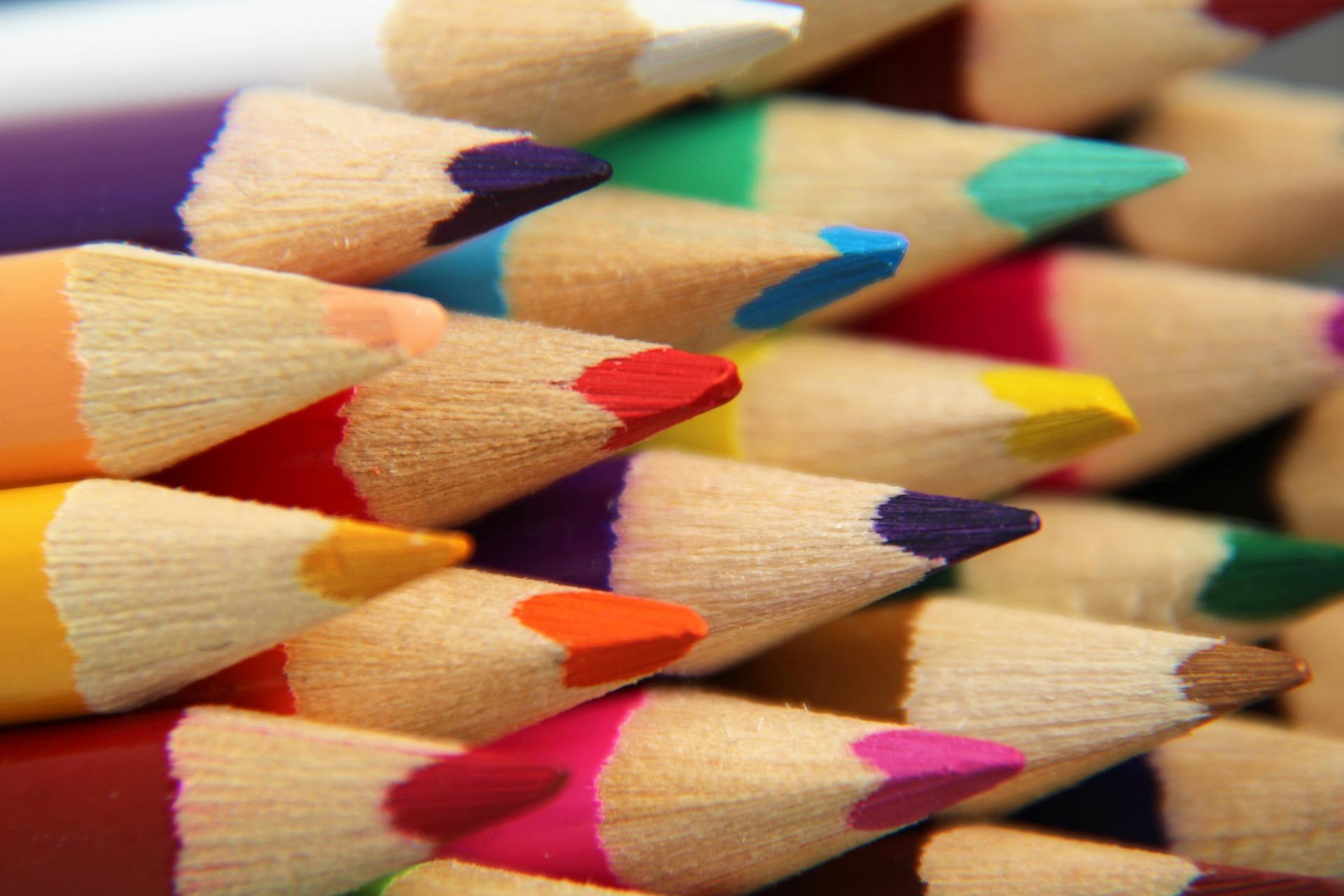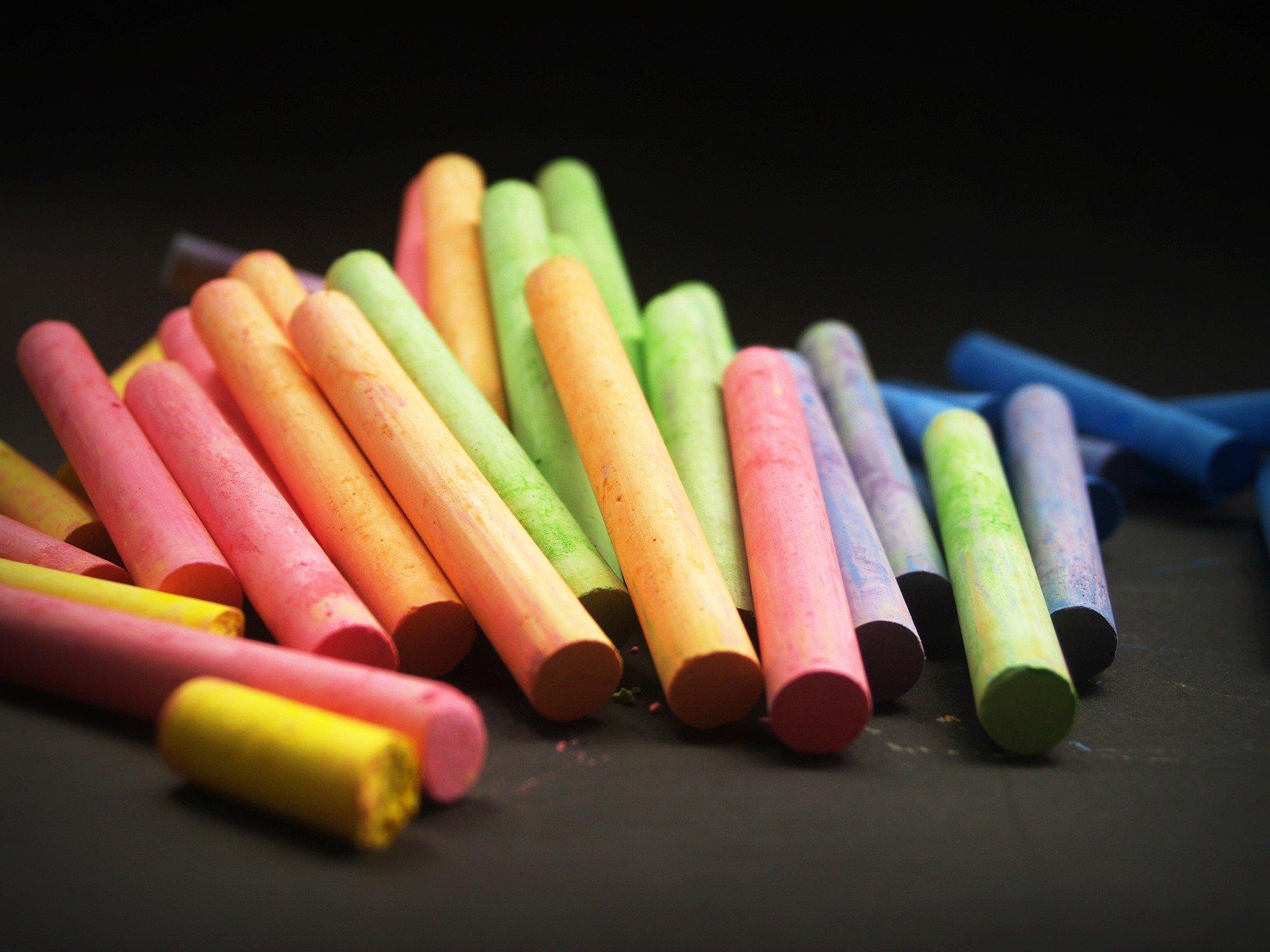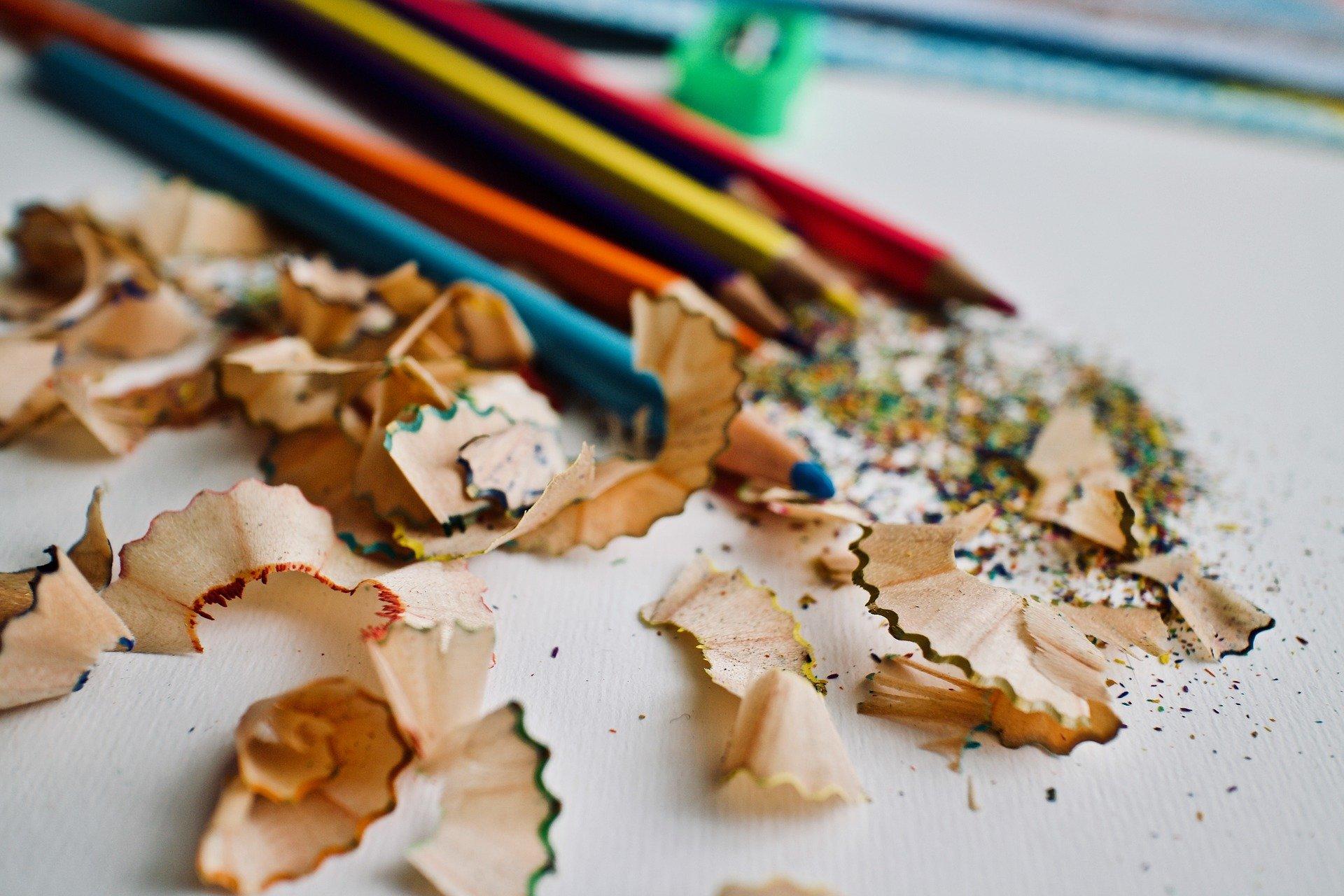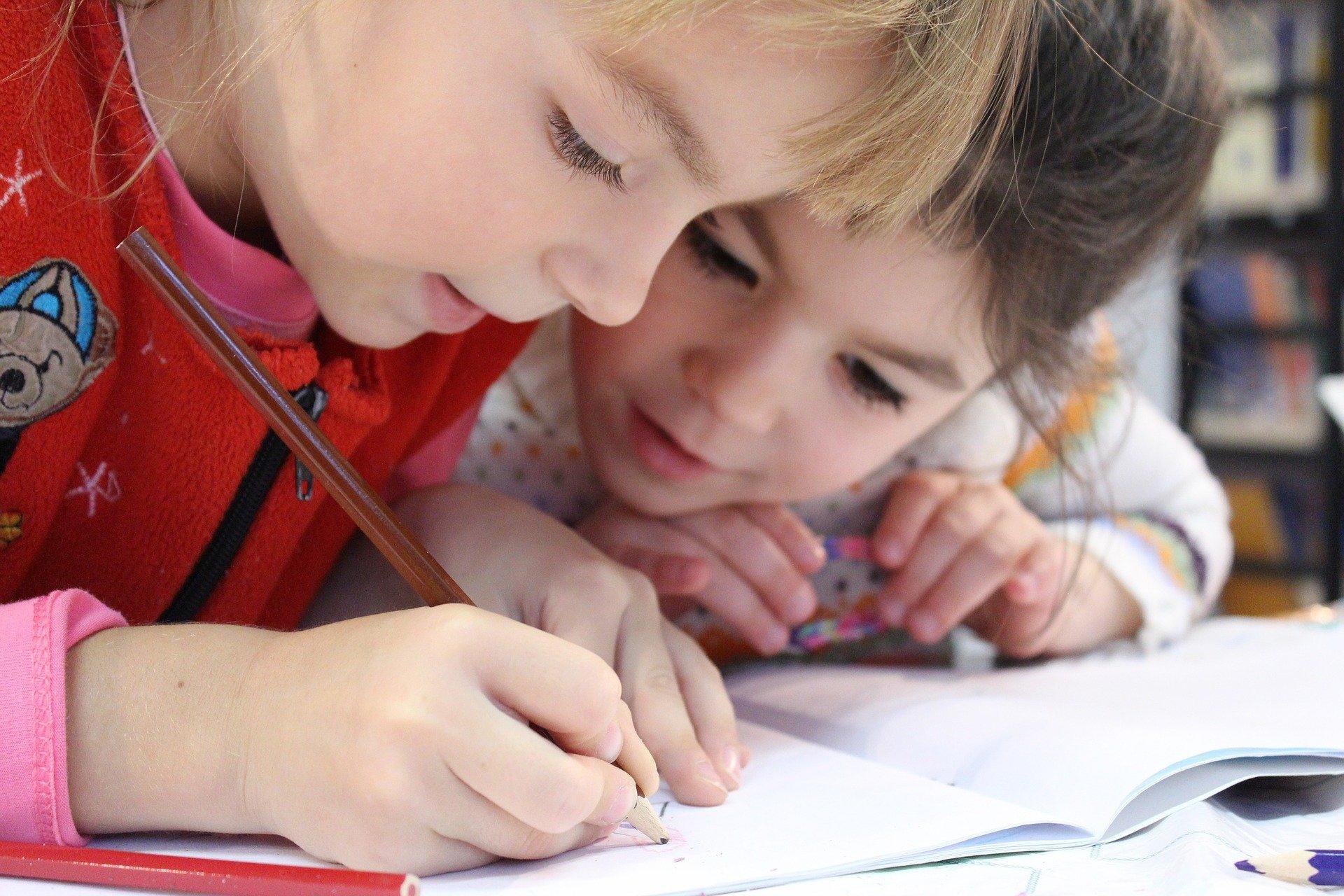Drawing is never reproducing - to see, you have to know how to look, and you have to know what you’re looking at. Olga Tokarczuk
Is it possible to learn to draw quickly?
Drawing is a pastime that both adults and children can derive pleasure from, and comics are currently experiencing a surge in popularity. Many people become interested in drawing due to their desire to depict their beloved characters.
Want to give private lessons?
Join the Superprof community and share your knowledge with inquiring and motivated students.
What is Meant by Learn How to Draw?
Regardless of whether you are sketching a horse, a portrait, or a scenery, there are numerous techniques to demonstrate your drawing talent!
When can you consider yourself capable in the art of drawing?
Is a child's drawing inadequate? No!
How does one measure good drawing skills?
Most people agree that one has learned to draw when one can capture the lifelike features of the subject they are drawing. However, acquiring drawing skills involves mastering quite a few techniques.
Do you aspire to create realistic drawings or develop your unique style?
Are you interested in mastering a specific approach?
Depending on your objectives, mastering the art of drawing can be a lengthy process. Even seasoned artists would likely admit that they are still perfecting their drawing skills. Before you learn how to draw, why not start by asking yourself, what can I draw?

Identify Why You Want to Learn How to Draw
To claim skill in drawing, it's necessary to establish personalised benchmarks for what that means. Whether you are pursuing self-education or learning under the guidance of a private drawing tutor, setting clear objectives is important. Use these questions to determine your motivation:
- Why do I want to learn?
- Where can I find easy drawings to practice?
- What techniques do I want to master?
- What kinds of drawings do I want to do?
- What’s my end goal?
- How much time can I spare for regular drawing?
- What can I draw already?
The answers to these questions will help shape how you’ll learn to draw and how you measure your progress. Once you have your goals in mind, you can start planning how you’re going to start achieving them.
Learn to Draw Quickly with Motivation
Learning how to draw can take years if your motivation is low, however, the key to learn to draw quickly is with regular, dedicated practice and that, takes motivation and discipline!

At first, when starting on the journey of learning to draw, one is often brimming with excitement and keen to produce exceptional artwork, experiment with different mediums such as pens, pencils, charcoal, pastels, and crayons, and flex one’s creativity at every chance.
It's normal to feel the urge to draw daily and make the most of this enthusiasm to develop a drawing routine. However, as time passes, artists may experience a drop in motivation and gusto due to a lack of progress. It's important to remember that consistent practice is key to improvement.
To stay motivated, seek inspiration from other artists. By examining the work of others online and by attending exhibitions, you can refine your artistic awareness and be inspired to create your pieces. Avoid attempting overly ambitious projects or rushing the learning process, as this may lead to disappointment and demotivation.
Want to give private lessons?
Join the Superprof community and share your knowledge with inquiring and motivated students.
How to Learn to Draw: Gain Step-by-Step Skills
Artistic ability is not something that everyone gets when they are born. While some individuals may not have drawn since childhood, others may have never stopped. This doesn't mean that beginners cannot make significant progress in their drawing abilities.
However, they may require more time to attain their objectives compared to those with some training. Even in the absence of formal training, you could have relevant skills developed from activities like diagrammatic drawing, for instance. It's helpful to reflect on any relevant aptitudes and apply them to drawing. Patience is another key aspect to consider. While regular practice can speed up progress and help maintain focus, you should not expect overnight results.
Learn to Draw Quickly: Practice Makes Perfect
It's important to realise that mastering drawing is a time-consuming process, and your initial attempts are unlikely to be exceptional. To acquire drawing skills, try to embrace failure, learn from your mistakes, and consider constructive feedback.

Every artist will tell you that you need to regularly practise to get better at it. Try to draw something, be it an animal, landscape, person, or object, every day. If you can’t manage every day, try to draw at least once a week. Regular practice will help you to progress. Depending on your goals, you can learn to draw in a few weeks or months with regular practice. If your goals are as basic as drawing a circle without a compass, then you could be done in a matter of hours. Again, by doing the same thing over and over again, it’ll become second nature to you.
The Irony About How to Learn to Draw Quickly: Give Yourself Time
Improving your drawing skills depends on the time and effort you devote to learning.
Are you willing to practise regularly and push yourself out of your comfort zone?
Improving does not necessarily require a significant financial investment but it will require setting aside dedicated time to draw. Choose a time of day when you can focus on drawing and ensure that you have all the necessary materials within reach. Also, you may consider investing in instructional books on drawing. If cost is a concern, borrowing books from the library, or watching free tutorials on platforms like YouTube can also be helpful.
Work Out How Much Time You’ll Need to Learn How to Draw
After defining your goals and the steps you'll take to accomplish them, you can estimate the amount of time required to achieve them. This can be measured by breaking down the process into individual steps or lessons, or by determining the necessary time commitment. For instance, if you plan to spend one hour per week drawing and each step takes about an hour to complete, it's simple to calculate the projected timeline.
Are you still wondering – what can I draw?

Of course, there are challenges that may affect your progress, but even so, it's important to have a rough estimate of the time it may take you to achieve your goals.
While success is not guaranteed, progress is!
For instance, if you're attempting to draw a horse, your drawing may not turn out exactly as you envisioned, but it may still be an improvement from your previous attempts. Perhaps you successfully captured the overall form of the horse but still need to work on adding depth and shading. Don’t give up yet.
Can You Master Easy Drawings in a Month?
The short answer is "YES"! Now you are probably wondering, what can I draw?
For easy drawings, why not try a daily drawing challenge, such as Inktober, to see how you progress? Jake Parker launched Inktober in 2009, and it now takes place every year in – you guessed it - October.
A list of prompts is published online to encourage people to draw daily throughout the month. By participating in this challenge, you will develop a regular drawing habit, get exposed to other artists' work, and see a noticeable improvement in your skills by the end of the month. However, remember not to compare yourself to professional artists and to remain focused on improving your work.
Of course, you can also seek help from experienced drawing tutors on Superprof's website. With various options for face-to-face, online, and group tutoring, you can choose the type that works best for your needs and your budget. Most tutors on Superprof offer a free first hour of tutoring, allowing you to meet them, ask questions and see if you are on the same page, so to speak, before you go ahead and commit
Want to give private lessons?
Join the Superprof community and share your knowledge with inquiring and motivated students.





